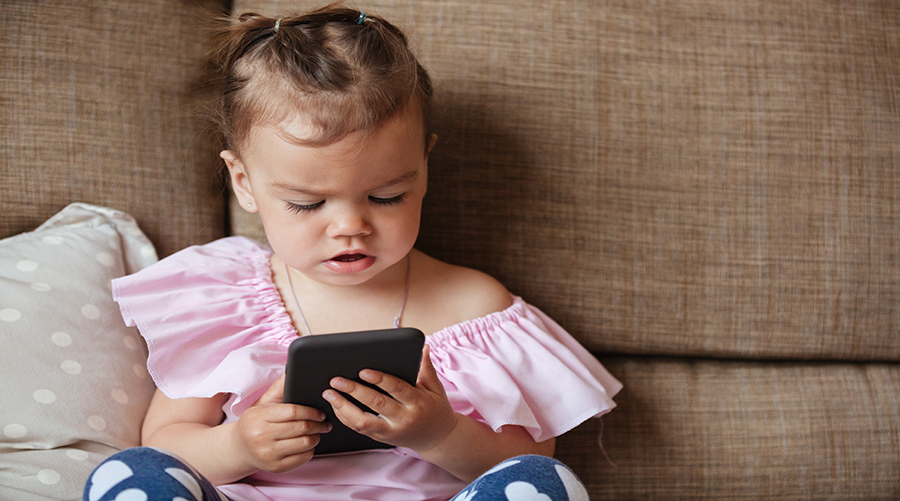Examining the Uses of Student-Led, Teacher-Led, and Collaborative Functions of Mobile Technology and Their Impacts on Physics Achievement and Interest
Review
The use of mobile technology is recognized and documented within the literature; however, little is known of the frequency or the various approaches to its use in the science classroom. This study examines the use of mobile technology from three perspectives. First, it examines the usage of technology as instigated by the teacher. Second, it looks at mobile technology usage from the perspective of the students as the instigator. Thirdly, the paper investigates usage when the students collectively utilize the technology collaboratively. The authors statistical analysis of 803 high school students engaged with 15 specific usages of mobile technology within a physics learning curriculum resulting these observations: 1) the highest usage occurred in collaborative usage, 2) teacher instigated usage created interactive learning between students and teacher, 3) the least productive use of mobile technology was found to be student initiation of usage in the learning.

Abstract
As mobile technology becomes more frequently used in science learning, understanding the relationship between student outcomes and the technology’s pedagogical features is drawing increasing attention. This study focuses on one pedagogical feature—"who led the use." We first categorized 15 specific uses of mobile technology into three categories: student-led (i.e., initiated by the students and teachers have no or minimal influence on their use), teacher-led (i.e., initiated by teachers and the students have no or minimal impact on their use), and collaborative functions (i.e., both students and teacher need to play active roles in the use of mobile technology). We recruited 803 high school students who used a one-to-one tablet for 5 months and examined their use frequency, the functions used, and their physics outcomes. Results indicate a significant difference in the use frequency among the three categories. The collaborative functions were used with the highest frequency, whereas the student-led functions were used least. However, the student-led functions had a more significant effect size than the collaborative functions to predict both students’ physics achievement and physics interest, while teacher-led functions failed to predict either of these outcome variables.
Zhai, X., Li, M., & Chen, S. (2019). Examining the uses of student-led, teacher-led, and collaborative functions of Mobile technology and their impacts on physics achievement and interest. Journal of Science Education and Technology, 28(10), 310-320. doi:10.1007/s10956-019-9767-3
